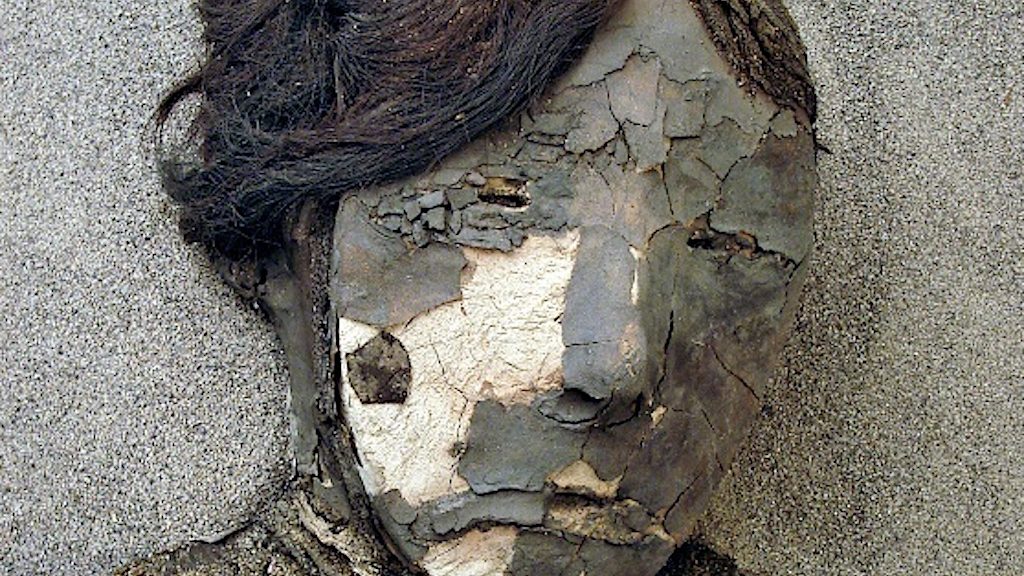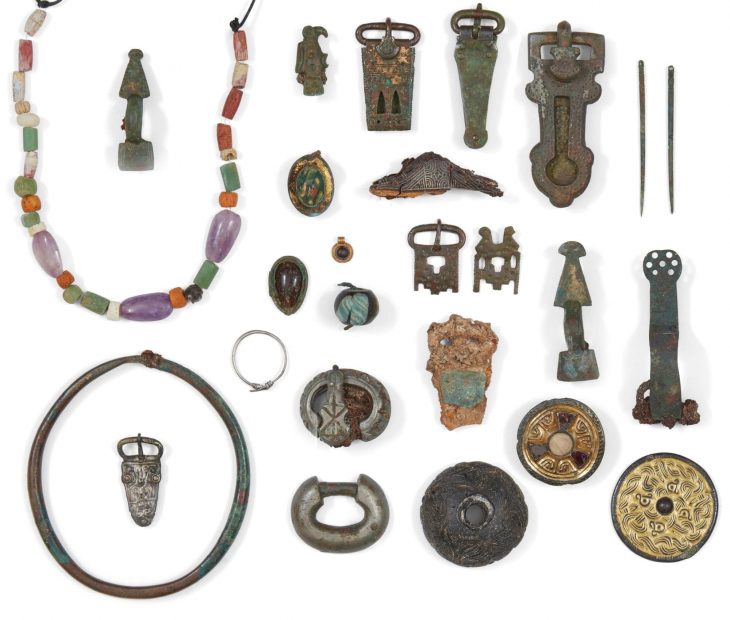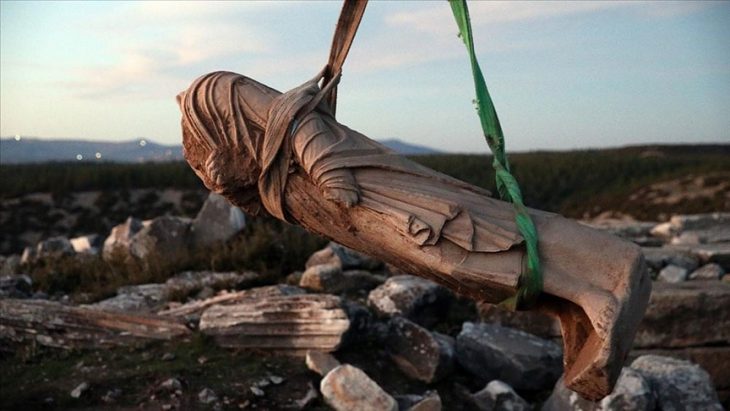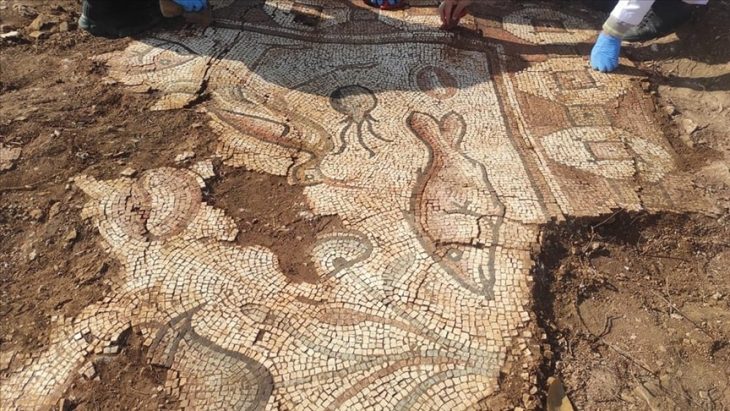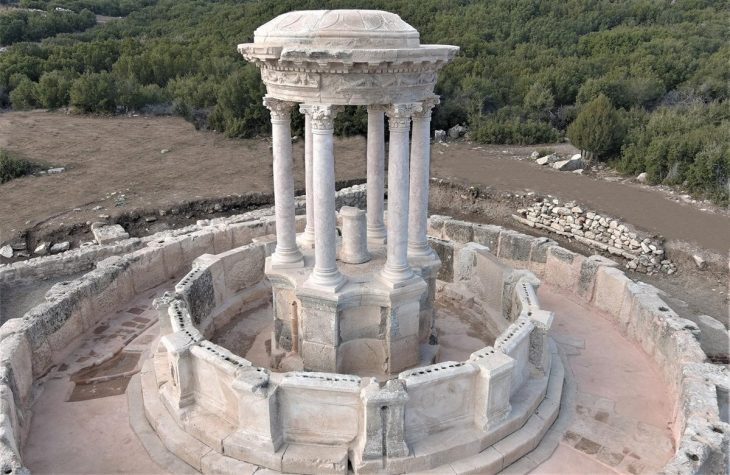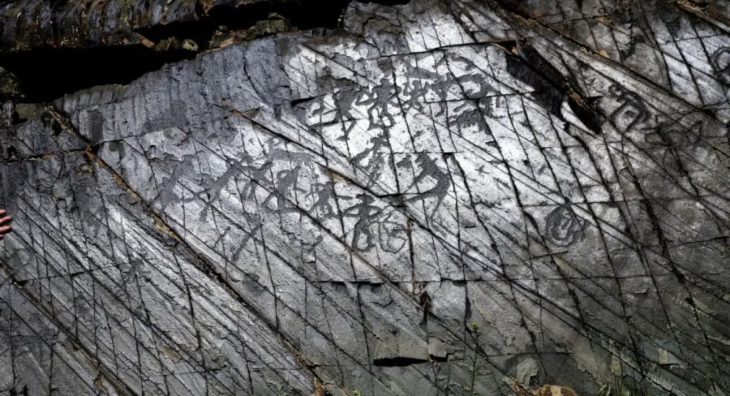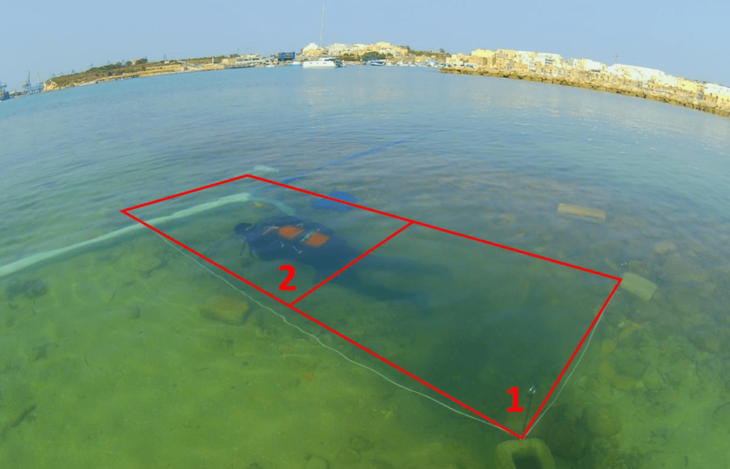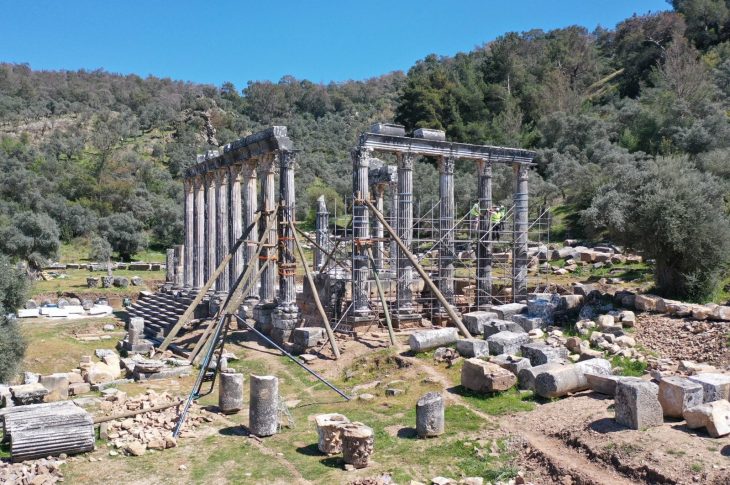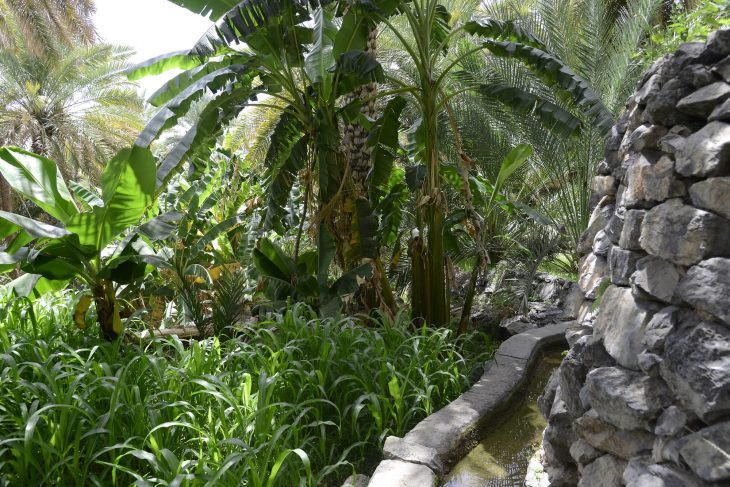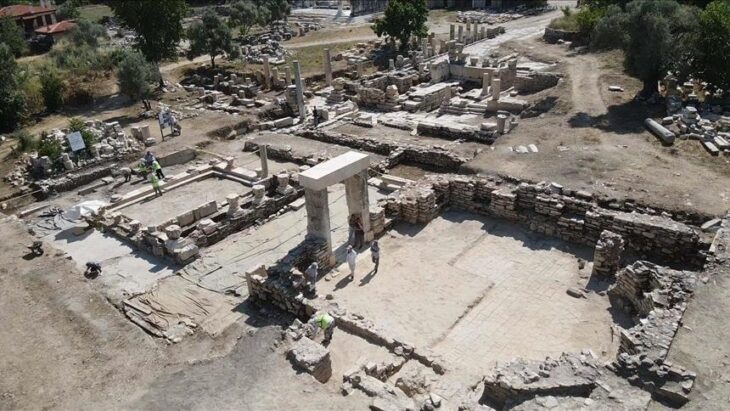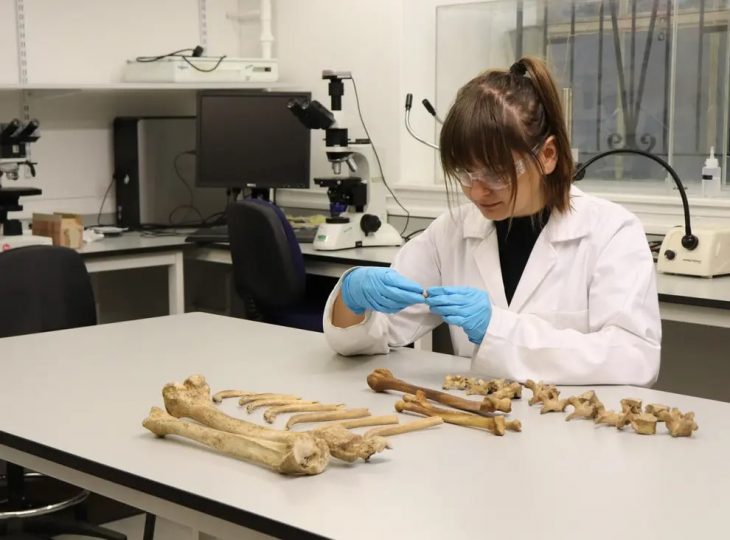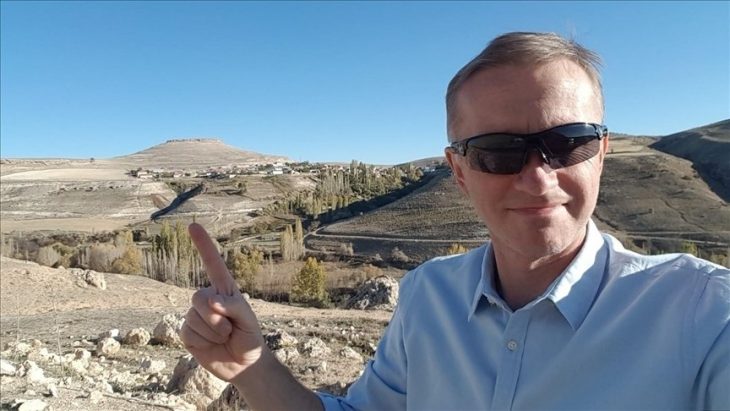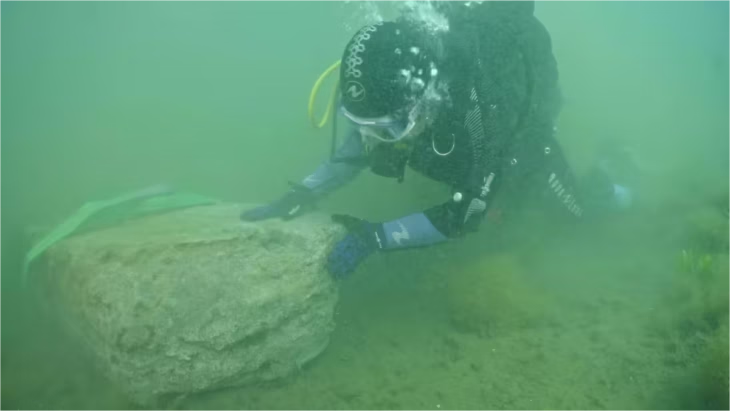At the beginning of the 20th century, mummies dating back 2000 years before the Egyptians were found in the Atacama Desert of Chile, the driest place in the world. No, you didn’t read that wrong! Chile’s ancient mummies are thousands of years older than the Egyptians’, with the Chinchorro people mummifying their dead 7,000 years ago.
The remains of hundreds of these marine hunter-gatherers, who lived on the Pacific Coast of the Atacama from around 5450 BCE to 890 BCE, have been discovered in the Arica and Parinacota regions.
The first Chinchorro mummy was documented in 1917 by Max Uhle, a German archaeologist. The earliest mummies were like statues covered with unbaked black clay.
As stated on UNESCO’s page: they successfully adapted to the extreme environmental conditions of a hyper-arid coastal desert in the rugged Coastal Cordillera by using the nearby rich marine resources. Archaeological sites associated with the Chinchorro culture are recognized for having the oldest known artificially mummified human bodies.
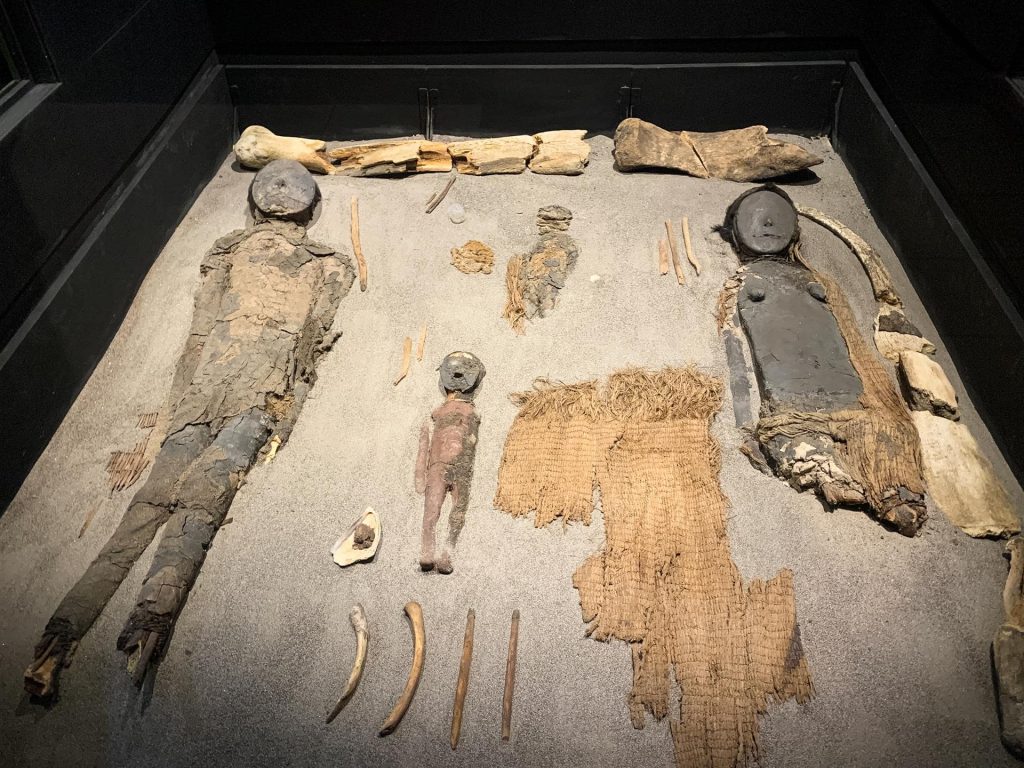
In 2021, these cemeteries were inscribed on the Unesco World Heritage List for the immense archaeological value they provide.
📣 Our WhatsApp channel is now LIVE! Stay up-to-date with the latest news and updates, just click here to follow us on WhatsApp and never miss a thing!!
They provide insight into the social and spiritual structures of the community in addition to revealing the intricate funeral customs and mortuary practices of the ancient culture. For example, unlike the Egyptians, who reserved mummification for the elite, the Chinchorro offered it as a ritual for everyone.
Chinchorro people mysteriously began mummifying dead babies — removing internal organs, cleaning bones, stuffing and sewing up the skin, and putting wigs and clay masks on them.
The process involved stripping the body of skin and organs, sewing the skin back on, and wrapping the bodies in materials like reeds and sea lion skins. The mummies were then buried in the desert, with hopes that the arid conditions would preserve them forever.
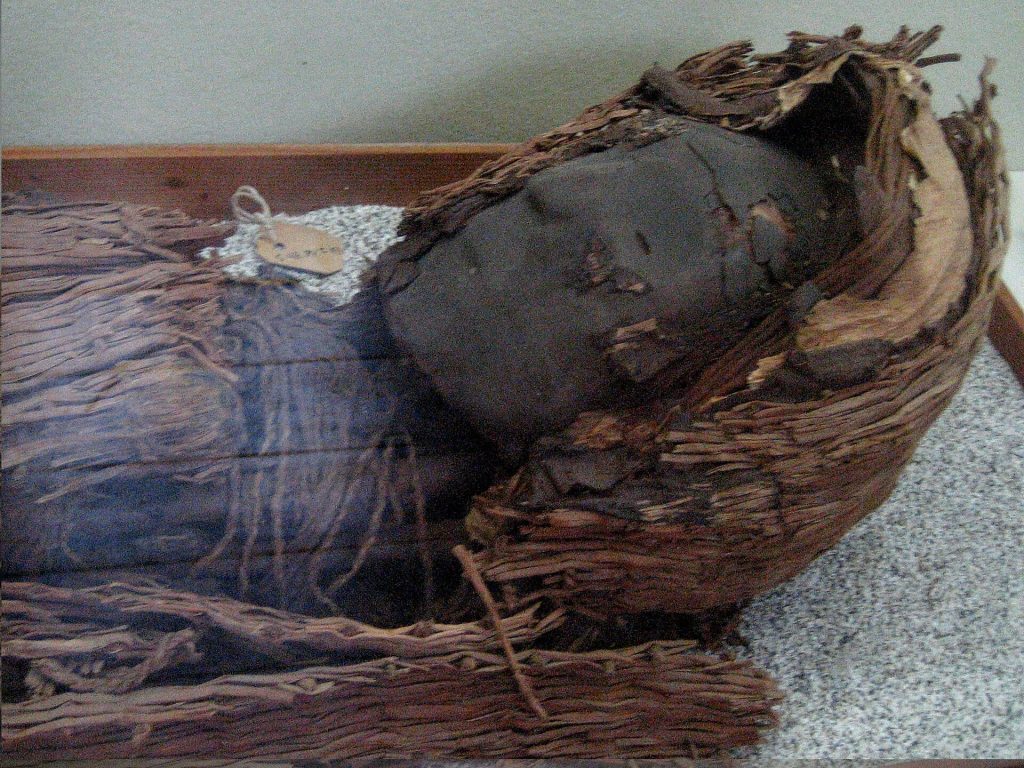
Researchers says high levels of arsenic in the water in the region, which persist to this day, meant more premature births, stillbirths, spontaneous abortions, and higher infant mortality among the Chinchorro. They posit the Chinchorro began preserving dead babies to express personal and community grief and later began mummifying adults as well, and the practice became more elaborate.
Hundreds of mummies have been uncovered so far, including those of infants and children. The practice lasted more than 3,000 years.
However, climate change is threatening these ancient graves, as unusual weather events expose the bodies to the elements. Efforts are underway to recover and preserve the mummies, which include the construction of a new climate-controlled museum near Arica.

